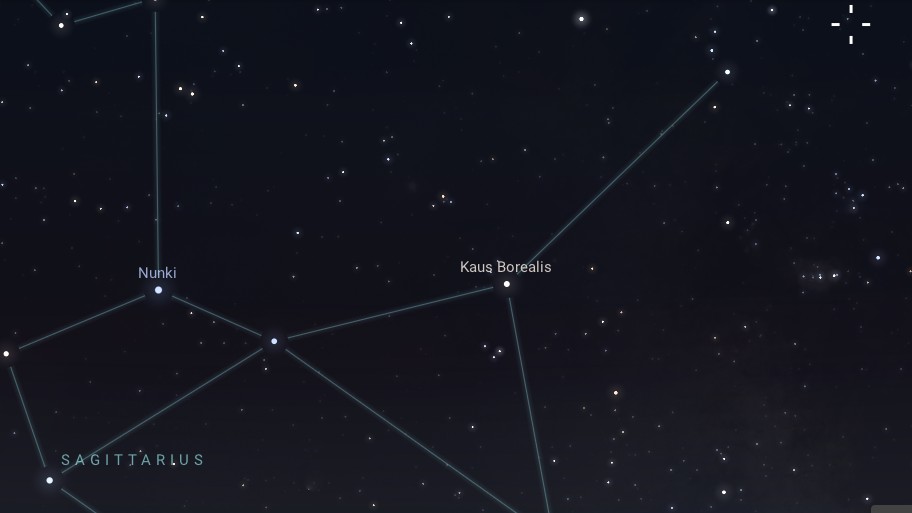The Red Spider Nebula, also known as NGC 6537, is a planetary nebula located in the star rich region of the southern constellation Sagittarius. It was discovered by Edward Emerson Barnard in 1888. Named for its striking appearance, which resembles a spider with extended legs, the distance to the nebula is estimated to be approximately 3,000 light-years from Earth.
Here’s more information about this fascinating astronomical object:
Physical Characteristics:
At the centre of NGC 6537 lies a hot, compact star known as a white dwarf. This star is the remnant of a Sun-like star that has exhausted its nuclear fuel and shed its outer layers, forming the nebula.
The nebula consists of ionized gas expelled by the central star during its final stages of evolution. The intricate, filamentary structure of the nebula is created by the interaction of the expelled gas with the surrounding interstellar medium.
The nebula appears predominantly red due to the presence of ionized hydrogen gas (H-alpha emission), which emits light at a specific wavelength in the red part of the spectrum.
The Red Spider Nebula also harbours some of the fastest stellar winds ever observed in planetary nebulae, with speeds reaching up to 300 kilometres per second. These winds are responsible for shaping the nebula’s striking bipolar lobes and dense knots of gas, creating its unique “spider-like” appearance.
Evolutionary Stage:
Like other planetary nebulae, the Red Spider Nebula represents a late stage in the life cycle of a star. The central star is in the process of cooling down and fading away as a white dwarf, while the expelled gas continues to expand into space.
Over time, the nebula will dissipate and merge with the surrounding interstellar medium, contributing to the next generation of star formation. The nebula’s lifespan as a visible object will likely last only a few tens of thousands of years, a relatively brief phase in the lifetime of a star.
Observation
The magnitude of the Red Spider Nebula, is approximately 11.6. This indicates that the nebula is faint and typically requires a telescope to observe, particularly due to its relatively small size and distance from Earth. Keep in mind that this magnitude is approximate and can vary slightly depending on factors such as atmospheric conditions, light pollution, and the observer’s equipment.

NGC 6537 is primarily observable from southern latitudes, as it lies in the constellation of Sagittarius. It is best observed during the winter months, roughly from June August. It can be observed using telescopes of moderate size, although its faintness may require longer exposure times for detailed imaging.
Overall, the Red Spider Nebula stands as a captivating example of the beauty and complexity of planetary nebulae, offering astronomers valuable insights into the processes shaping the end stages of stars like our Sun.



